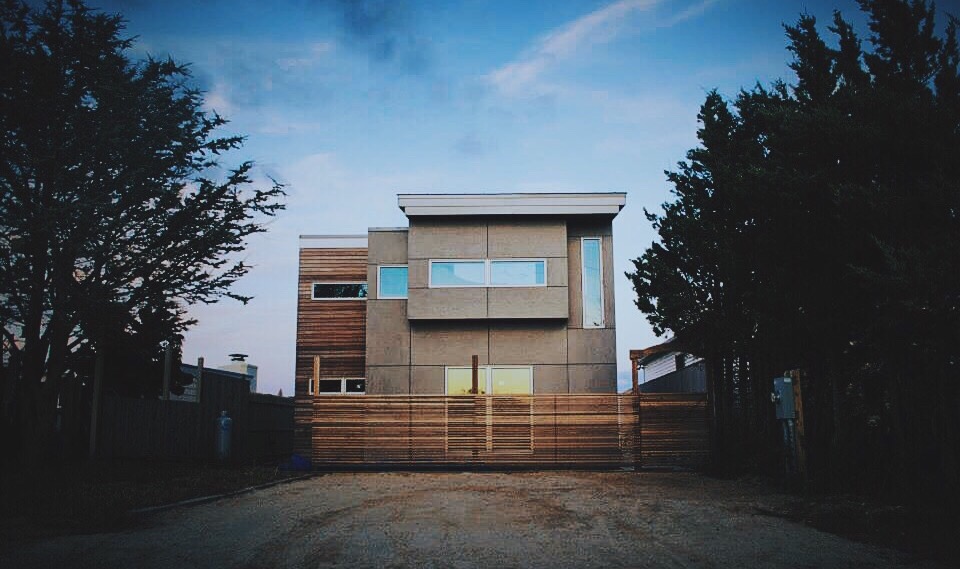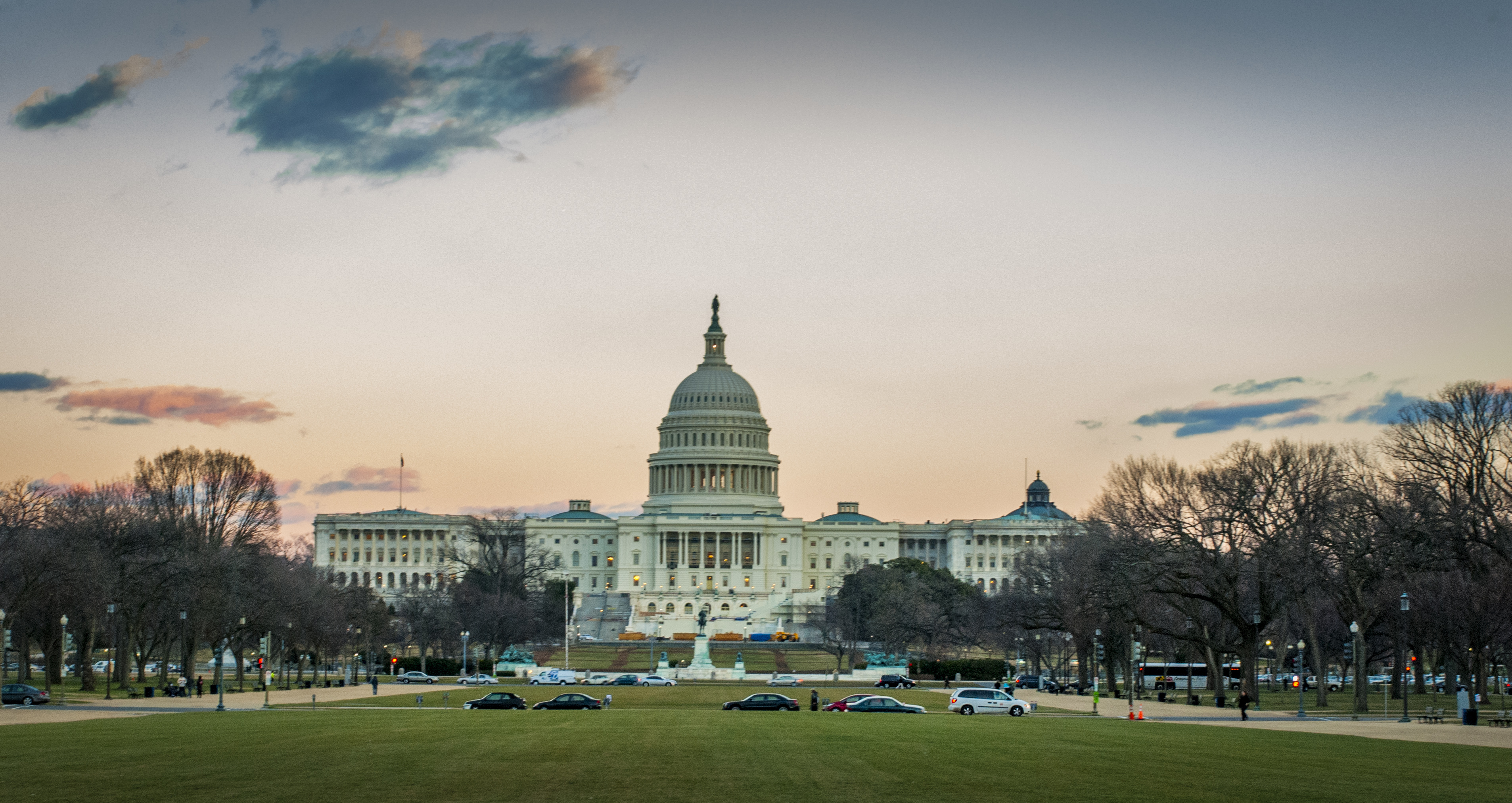Walk through any major city and you will see weedy lots, fenced-in squares, and derelict developments that many of us try to ignore. Many of these places sit in the middle of the densest, most prosperous areas of urban America. Cities with underdeveloped or vacant property in otherwise prosperous downtowns are like smiles without teeth; whether they were slowly rotted or knocked out in a swift blow, the product of a downturn or disaster, the result is the same. They sap cities of their prosperity and life.
Only a limited amount of national data exists on the amount of vacant or underutilized commercial and industrial property in America. Evidence from the U.S. Postal Service hints at a sharp and sustained rise in vacant properties, particularly in the Rust Belt, following the Great Recession. The real estate firm Reis, Inc. found vacancy in commercial office spaces rising to levels not seen in decades, and shopping malls bearing the brunt of a retail downturn.
Vacancy is something you know when you see it. Roughly 20 square miles of Detroit, for instance, sits empty. Another square mile of Detroit consists of underutilized industrial land. On these lots you can see the 30 percent of Detroit’s structures that are confirmed as “blighted.”
Underdeveloped property is harder to identify. A good rule of thumb is that underdeveloped properties are those where the building value is less than half of the property value. What you find in surveying the literature is that every city more or less knows its own potential and what areas could be more than what they already are.
Consider that, until recently, Midtown Manhattan sat adjacent to vast rail yards that were used at a fraction of their potential, or that a disused power plant occupies a large space to midtown’s east. New York City’s last survey of underutilized land in 2003 found nearly 200,000 such lots, all places that are shadows of what they could be. That total is in addition to 30,000 vacant parcels of land accounting for some 7,300 acres of land.
There are many reasons why land use can fall, some bad and others legitimate. But more often than not, dead land serves as barriers to thriving cities and drain local governments of resources spent in upkeep. All the while, blight seeks to fill the vacuum of these vacant spaces. Extrapolated across the rest of America, you have serious potential left untapped. These spaces need to be filled quickly and cheaply in ways that benefit the community around them.
Wasted land means wasted opportunity.



